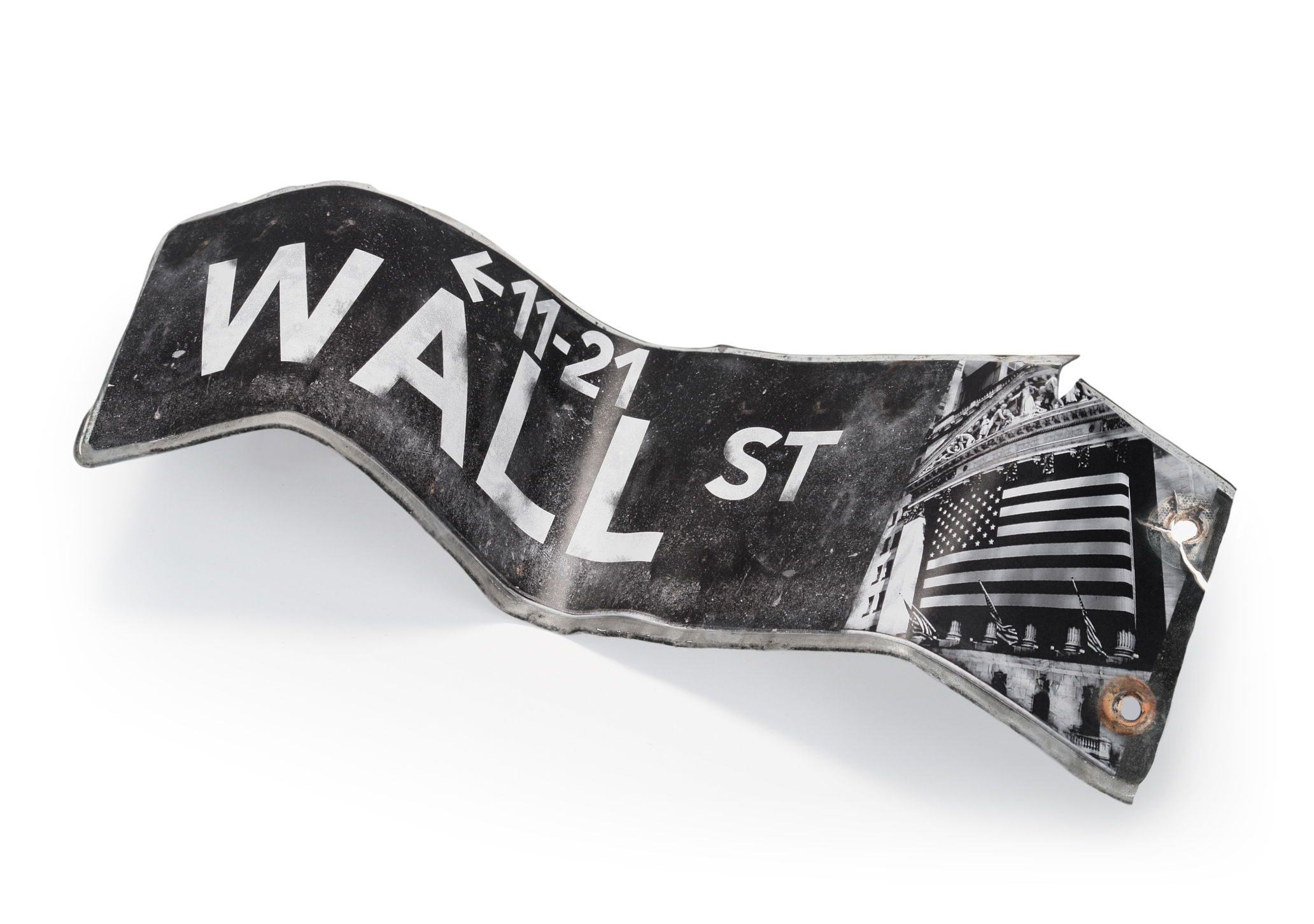The last few days in the financial markets and the financial system have been eventful, to say the least. You’ve probably seen the headlines, and you may be wondering A. what is going on and B. how worried you should be about it.
Before getting into the details, here are two main points:
- We don’t believe the financial system, itself, is in peril (unlike in 2008).
- We believe investment assets held at a broker are safe.
What happened?
After business hours on March 8, 2023, SVB Financial (the parent of Silicon Valley Bank) announced it was taking actions to strengthen its balance sheet in response to some poor investment decisions. This news spooked investors, sending the shares tumbling—60% the following day and spooking customers of the bank who began to aggressively withdraw funds.
Overnight, depositor fear turned to panic and created a run on the bank. Shares of SVB Financial were halted before the market opened on March 10 and did not trade, given the rapidly developing situation. By midday, the Federal Deposit Insurance Corporation (FDIC) closed the bank and put it into receivership to manage the sorting out of the bank's accounts.
The financial crisis all over again?
It’s (thankfully) not every day a bank fails, so it is understandable that people might be confused and scared. For most people, the only experience with a failed bank is the subprime mortgage crisis of 2007-2008, so it is only natural to look there for answers.
However, we don’t think there is much correlation to be found in that comparison. There are several reasons why current events are quite different from 15 years ago.
Back in 2007, the assets on many banks’ balance sheets were worthless (or very close to it). This was because irresponsible lenders had given mortgages to borrowers without performing due diligence and who could not pay them back.
Then, the banks and mortgage companies bundled these questionable loans together and divided them up among investors (usually other banks) looking for attractive yields. (For those interested, this bundling and selling is called securitization.)
When it became clear that the borrowers couldn’t pay, the banks were left holding worthless assets. Not only did this destroy their balance sheets; it also destroyed trust in the financial system. No one knew which assets were actually worth anything. No one knew who they could trust. In the chaos, even the prices of good assets were called into question. Then the whole system froze.
Silicon Valley Bank’s problems in 2023 are completely different
Starting in early 2021, Silicon Valley Bank bought a huge pile ($91 billion as of year-end 2022) of fixed-income securities, mostly mortgage-backed securities. Then, in early 2022 the Federal Reserve started its fight against inflation, periodically raising interest rates.
When interest rates rise, fixed-income securities decline in price because the promised, regular income (that’s the fixed part) becomes less valuable as the current price of money is increasing. The longer you have until the security matures, the larger the impact on the value of the promised stream of income. As mortgages usually mature over 30 years, you can see how this was an issue for Silicon Valley Bank.
The key difference between today and 15 years ago: we are of the opinion the mortgage securities that Silicon Valley Bank owned are solid assets—they have been paying as expected, and it seems to us likely they should continue to do so. After all, the vast majority of the mortgage borrowers in the underlying securities have locked in historically low rates so we believe they shouldn't be feeling the direct pain of rising mortgage rates with regard to their particular mortgage.
We do not believe this is a replay of the subprime crisis
If Silicon Valley Bank had to sell its fixed-income securities on the open market immediately, it would have to settle for a lower price than it paid for them because of the increased interest rates since they were purchased. However, if they were able to hold them until those fixed-income securities matured, the odds were good that they’d get all their money back.
Unfortunately, the announcement of a capital raise plus the liquidation of billions of available-for-sale securities at a loss created a "crisis of confidence" and triggered depositors to take their savings out of Silicon Valley Bank all at once (the so-called “run on the bank ”). More than $40B in deposits were withdrawn, forcing the bank to liquidate its fixed-income security portfolio at the current market price and take the losses.1
Bank runs are rare (since deposit insurance was introduced), and once they start, they can be very hard to stop. No one wants to be holding the bag when their bank runs out of funds, so the panicked sentiment spreads quickly and may become a self-fulfilling prophecy.
Fortunately, bank regulators stepped in with Silicon Valley Bank and have guaranteed all deposits, insured and uninsured. This is good news for clients of that bank—they will get all their money back—and the system, as a whole, as this action should reassure depositors at every other bank, halting any further bank runs.
More protections put in place
In addition to guaranteeing people’s deposits, the Federal Reserve announced a plan (abbreviated as BTFP) on Sunday that should stop other banks from experiencing what Silicon Valley Bank experienced.
The new plan says banks can borrow money from the Fed and use their fixed-income securities as collateral. The twist, however, is that they can borrow amounts equal to the face value of their securities, not the current market price.
This hopefully should remove any liquidity risk for banks and halt the vicious cycle of lost confidence in the banking system.
It could take time for savers’, and investors’ nerves to settle down, and how markets react to these developments remains an open question. But the specifics of Silicon Valley Bank’s demise and the quick response from regulators should provide comfort in a very confusing time.
Are your investment dollars safe?
Part of last week’s news was related to the FDIC (Federal Deposit Insurance Corp.) taking Silicon Valley Bank into receivership. You are probably familiar with the FDIC as a backstop for insuring bank deposits, generally up to $250,000 in cases of bank failures. In the case of investment accounts, there are different insurance mechanisms in place.
The first insurance mechanism is SIPC (Securities Investor Protection Corporation), which protects investors if their brokerage fails. The coverage is a total of $500,000 per account, including up to $250,000 of cash. As with all securities firms, this coverage provides protection against the failure of a broker-dealer, not against loss of market value of securities.
In addition, some brokers may offer more coverage. For instance, they may hold an excess SIPC policy, insuring larger accounts against broker failure. As we mentioned above, as with all securities firms, this coverage does not protect against loss of market value of securities.
Diversification is key
In the aftermath of this news, the shares of many banks declined significantly. There may be fear that other banks, primarily regional banks that hold assets and liabilities similar to what Silicon Valley Bank did, may suffer a similar fate.
So it’s understandable you feel unnerved in the wake of these events. However, our confidence in the U.S. financial system remains strong.
We, of course, do not expect perfectly calm waters as these events continue to develop, but the decisive and clear actions taken by the FDIC, Federal Reserve, and Treasury to us are clear indications that faith in the system will be defended. Unfortunately, these institutions cannot control investor psychology. And volatility in the markets broadly may yet ensue.
But to us, this is a powerful reminder of the value of diversification—both within a strategy and through asset allocation. We believe having too high exposure to any single security, industry, or sector can increase risk that otherwise potentially could be diversified away through holding a broader selection of securities. That’s not to say you need to hold hundreds of investments. Research points to owning roughly 20 securities to potentially diversify 80% of risk.2
Through this broader set of holdings within a strategy and with an appropriate asset allocation for your entire portfolio, we think investors are better able to weather an individual company’s issues and the potential spread to other companies within a particular industry.
So, if there’s one investor lesson borne out of this situation, we believe it is: Diversify. Diversify. Diversify.
Related Posts

Lessons from Legendary Value Investors That May Still Work
Many trends in investing seem to come and go, but to us value investing is a philosophy that has...

Deck the Halls with Tough Decisions

Mann on the Street
It doesn’t seem like there should be seasonality in investing—after all, businesses are businesses...

Fundamental Forces: Making Sense of Gravity in Today’s Market

McFaddin on the Markets
When I was in college, one of the things that drew me to economics and mathematics was the nature...
Interested in more?
Get our popular newseltter delivered to your inbox every month.
Search the Insights Blog
How to invest with us
Click the button below to learn how you can get started with Motley Fool Asset Management









